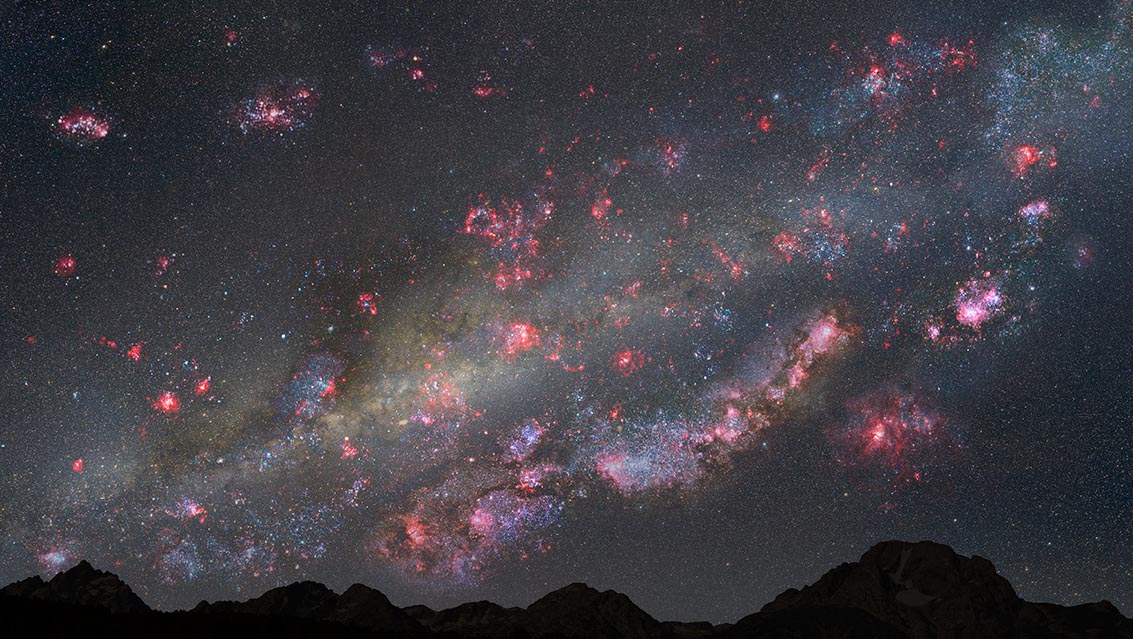This year has been full of firsts for Caltech Letters. In spite of the seemingly endless setbacks of 2020, in the 2019-2020 academic year we published 14 articles, launched two new podcasts, and made some waves with the expansion of our Viewpoints articles section. Let’s take a look at some of the highlights from the past year.
In the past year our community has:
Taken on the legacy of a Caltech luminary

You can’t take a stroll around Caltech campus without running into monuments to Richard Feynman, a Caltech physics professor in the 60s and 70s and the author of the popular science book “Surely You’re Joking, Mr. Feynman!”. But under this glowing legacy is a dark history of Feynman’s sexist attitudes and behavior towards women, both on and off campus.
We often write off these actions as “eccentric”, but that makes light of the consistent harassment that female scientists experience in the workplace. A study by the National Academy of Sciences reports that in academic science, engineering, and medicine, more than 50 percent of female faculty/staff and 20-50 percent of female students at all levels have experienced harassment, and those numbers are worse for women of color.
Aida Behmard questions why academia venerates a man for his scientific prowess when his behavior made the sciences a less welcoming place for women.
Delved into the World of Podcasting
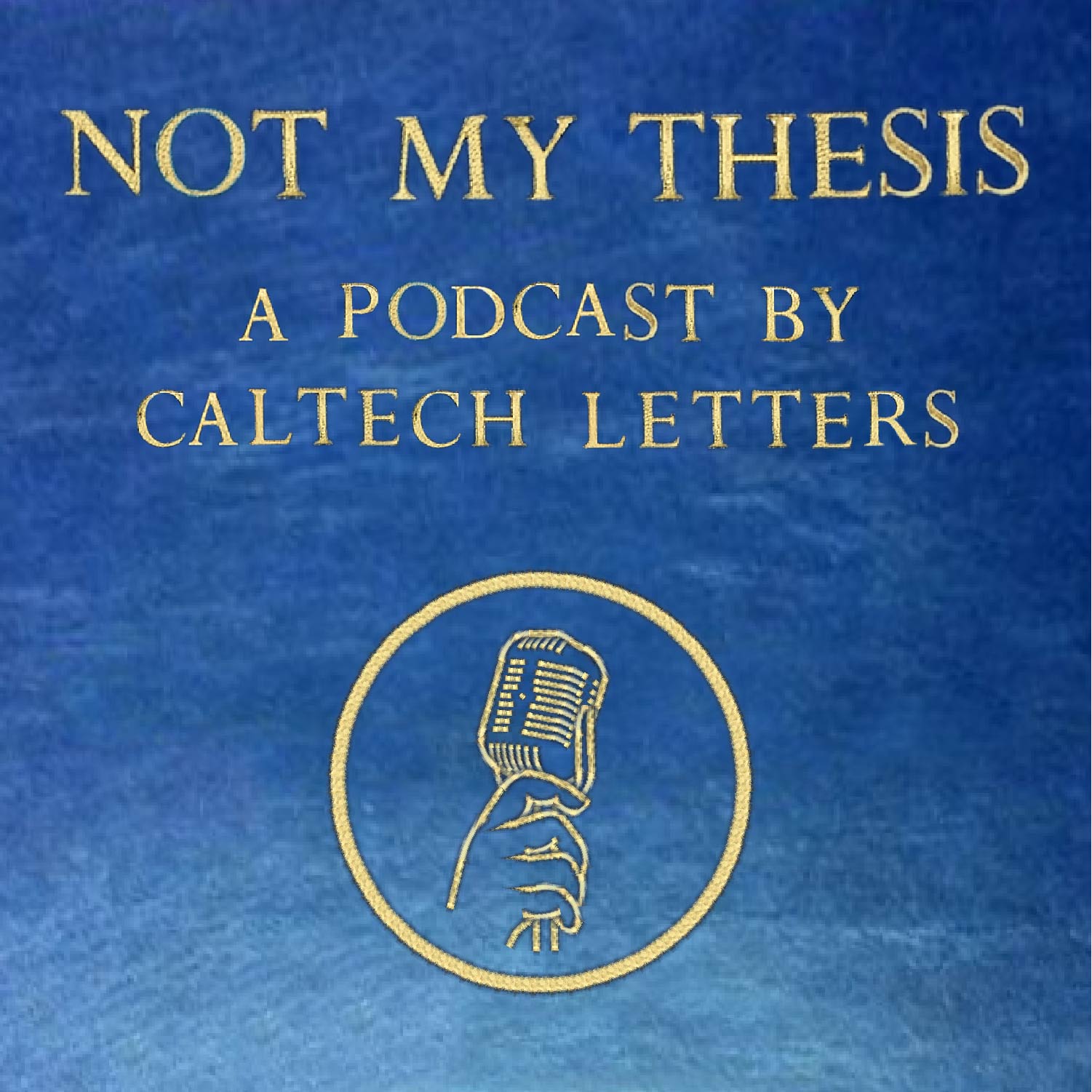
Caltech Letters
The past year marked the arrival of two new podcasts. Not My Thesis, hosted by Caltech Letters editor Heidi Klumpe, along with Caltech grad student Sophia Charan, delves into the scientific process behind the research, bringing to light the difficult road from scientific hypothesis to conclusion. Heidi and Sophia interview Caltech graduate students about their thesis work and all the passion and low points that come with it.
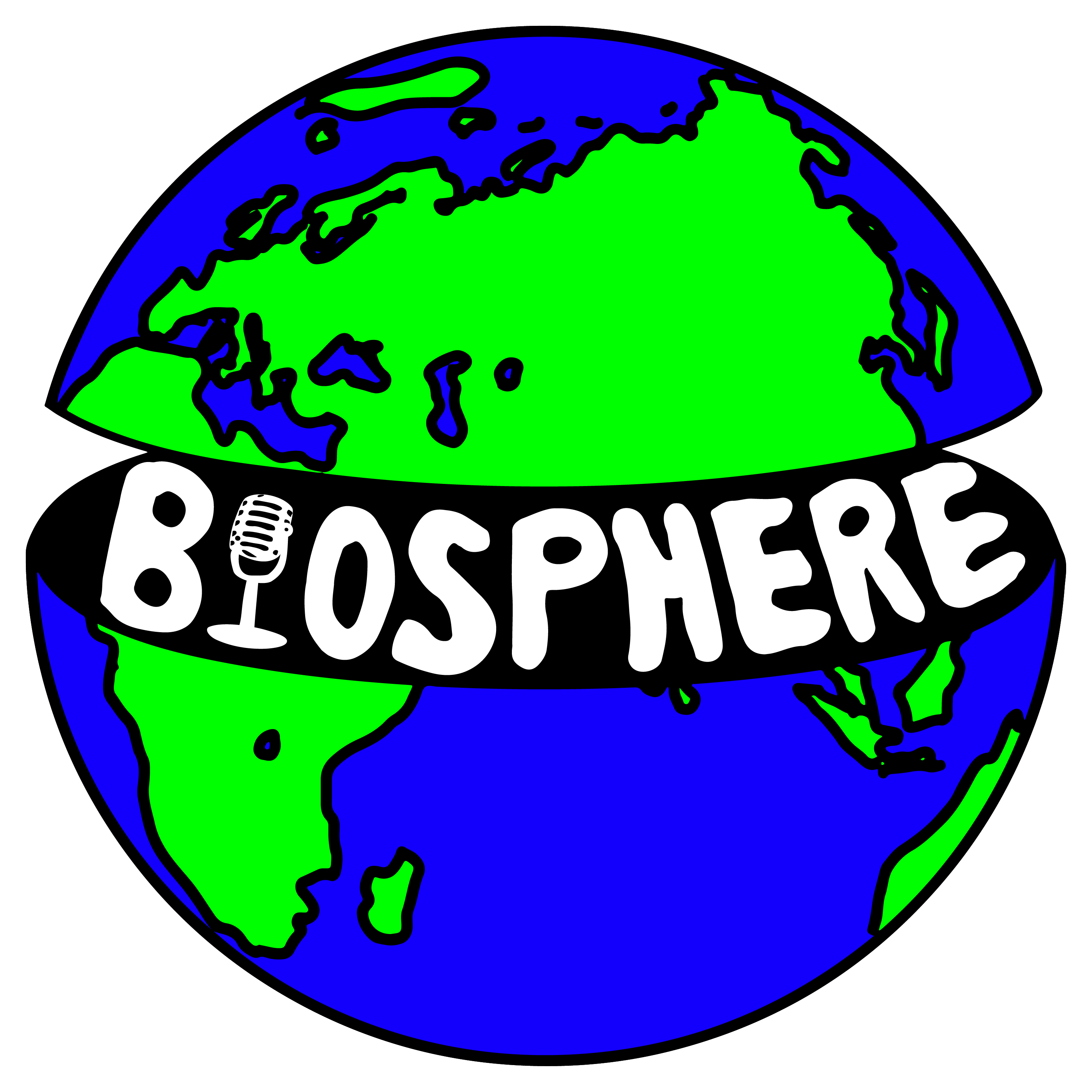
Caltech Letters
Caltech Letters also launched Biosphere, a podcast hosted by four Caltech biology PhD students who tackle the weird and wonderful in the world of biology. Each episode is an unscripted conversation between four scientists-in-training, and we hope that you’ll join them on this journey of discovery.
Go check out the first season of both podcasts!
Experienced a few earthquakes

Ollie Stephenson/Caltech/NASA JPL/ESA
It’s no surprise that Caltech experiences an earthquake now and again. After all, Southern California isn’t particularly well known for its seismic stability. Even so, in July of 2019, our community felt one of the largest earthquakes in Southern California in the past twenty years, a magnitude 7.1 in the desert 120 miles to the northeast of Los Angeles.
Editor-in-chief Ollie Stephenson, who, along with several other Caltech seismologists, was away at a conference during the main event, gives us a little insight into what scientists have learned about the causes and ramifications of the quake. He also tells us about the tools that scienceists employ to study earthquakes.
With Southern California slated for “The Big One”, this quake was an important reminder about not only earth physics, but the importance of earthquake safety and preparedness.
Open up about our mental health
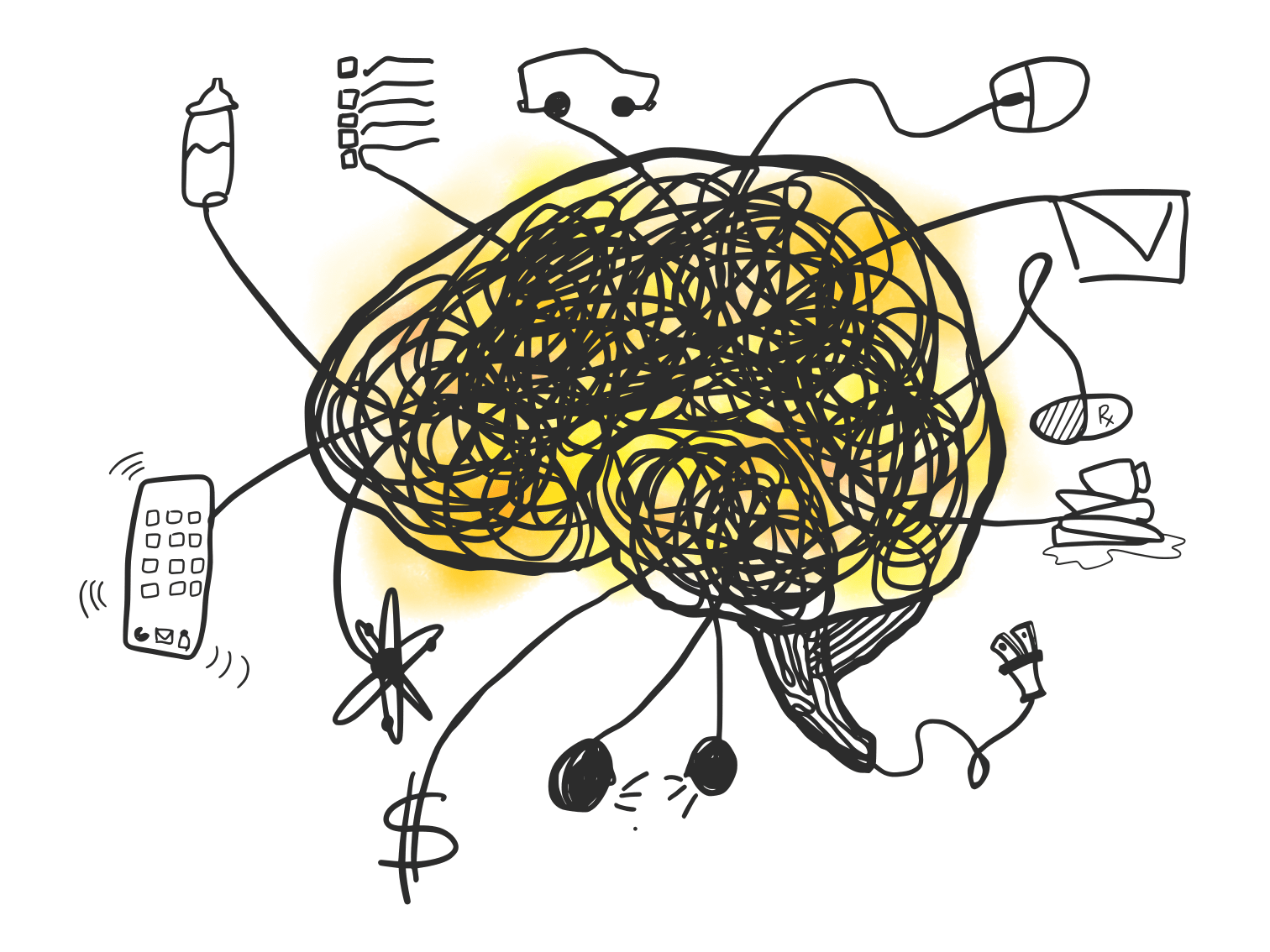
Illustration by Olivia Harper Wilkins for Caltech Letters
It’s the unspoken pandemic in academia. A study published in Nature Biotechnology in 2018 found that depression and anxiety are moderate-to-severe for about 40% of all graduate students, who experience mental health struggles at a rate more than six times that of the general population. For transgender and gender-nonconforming students, this rate is even higher at 55% and 57%, respectively.
Chemistry graduate student Olivia Harper Wilkins bravely explored her mental health throughout graduate school in a Viewpoints article this year. Diagnosed with depression at a young age, Olivia’s story resonated with those across campus who experience mental health disorders, often suffering in silence due to the stigma of mental health issues in today’s world.
Been a champion for the Cavendish banana
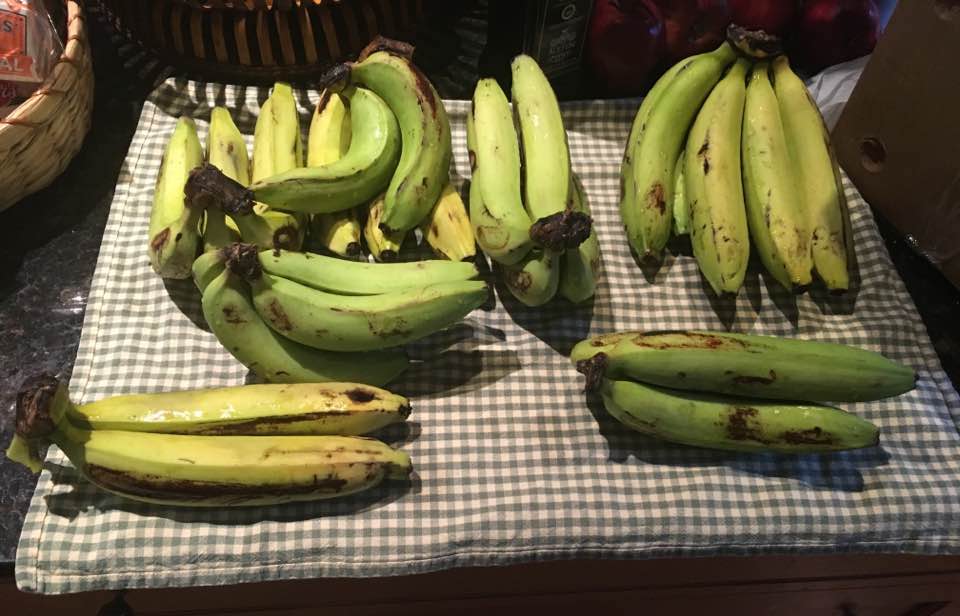
You know that really distinct banana flavor from childhood Halloween candies like Laffy Taffy and Willy Wonka’s Runts? Turns out, that banana flavor comes from a banana called the Gros Michel that is close to extinction today, and hasn’t been available in grocery stores since the fifties. You’ve probably never tried one in your lifetime.
What’s more, the banana that you’re used to eating with your Cheerios every morning for breakfast may be on its way out as well! Years of breeding have made this plant essentially sterile.
Thankfully, the Cavendish banana, the popular banana of our generation, is being saved from collapse by synthetic biologists who are using genome editing to increase yield from a single plant and engineer our beloved fruit to be more resilient to fungi, such as the Fusarium wilt that wiped out the Gros Michel.
If this sounds like genetically modified food, that’s because it is. Nico McCarty, a bioengineering graduate student, explains common misconceptions that consumers have about genetically modified organisms (GMOs) and gives reasons why GMOs are actually a good thing, not only for the consumer but also for the planet.
It’s been a wild ride for us all this year, but we’re looking forward to sharing more stories and continuing to take science out of the lab and put it into context in the upcoming academic year.
Caltech Letters is currently recruiting. If you’re part of the Caltech community and are interested in joining our team, please contact letters@caltech.edu.



